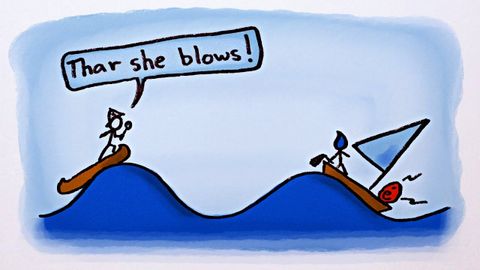
Subtitles & vocabulary
The Wave/Particle Duality - Part 2
00
林宜悉 posted on 2020/04/04Save
Video vocabulary
figure
US /ˈfɪɡjɚ/
・
UK /ˈfiɡə/
- Verb (Transitive/Intransitive)
- To appear in a game, play or event
- To calculate how much something will cost
- Noun
- Your body shape
- Numbers in a calculation
A1TOEIC
More determine
US /dɪˈtɚmɪn/
・
UK /dɪ'tɜ:mɪn/
- Transitive Verb
- To control exactly how something will be or act
- To establish the facts about; discover
A2TOEIC
More imagine
US /ɪˈmædʒɪn/
・
UK /ɪ'mædʒɪn/
- Verb (Transitive/Intransitive)
- To think creatively about; form mental picture of
- To suppose or assume something.
A1TOEIC
More spread
US /sprɛd/
・
UK /spred/
- Noun (Countable/Uncountable)
- A big meal, often laid out as a buffet
- The distance between two things
- Verb (Transitive/Intransitive)
- To place over a large area; to cover a large area
- (Of ideas, gossip) to pass to and affect others
A2TOEIC
More Use Energy
Unlock All Vocabulary
Unlock pronunciation, explanations, and filters
